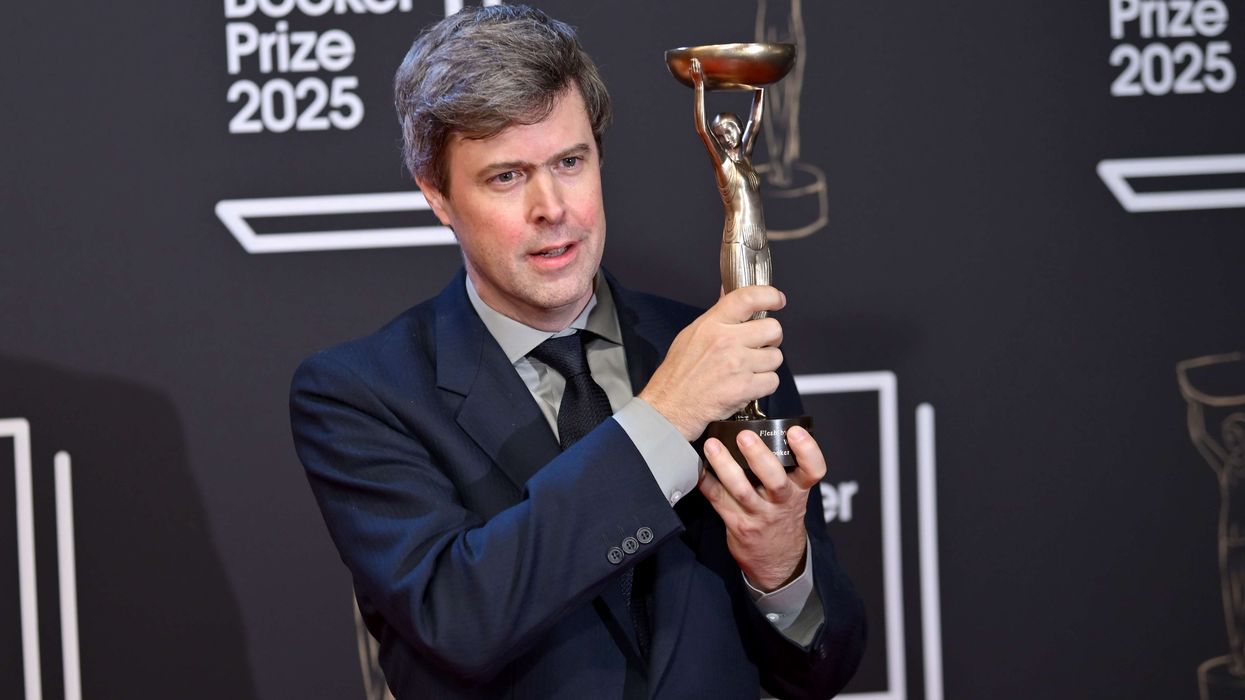Nestled along the rugged North Yorkshire coast, Whitby is a town steeped in history, folklore, and charm. From its iconic abbey ruins to its cobbled streets and bustling harbour, Whitby has long been a magnet for visitors seeking a blend of history, culture, and natural beauty. Now, the town is adding a new layer to its rich tapestry: a chocolate festival set to debut this December. But this isn’t just any festival; it’s one with a heartwarming mission: to raise funds for the maintenance of life-saving defibrillators across the town.
A town with a taste for history
Whitby’s connection to chocolate might not be as well-known as its ties to Dracula or Captain Cook, but it’s a story worth telling. Chocolate has been a beloved indulgence in Britain since the 17th century, and Whitby, with its bustling port, would have been no stranger to the exotic imports of cocoa beans. Fast forward to today, and the town is home to a thriving community of artisans, bakers, and chocolatiers who continue to craft delicious treats inspired by Whitby’s unique character.
The idea of a chocolate festival feels like a natural fit for Whitby, a town that effortlessly blends tradition with innovation. It’s a place where the past and present coexist and where community spirit thrives. The festival promises to celebrate this spirit, offering visitors a chance to explore the town’s chocolatey delights while supporting a cause that could save lives.
A festival with a cause
The brainchild of the Whitby Defibrillator Project (WDP), the festival is more than just a celebration of chocolate. It’s a fundraiser with a clear and vital purpose: to maintain the town’s 40 defibrillators. These life-saving devices, scattered across Whitby and its surrounding areas, are essential in emergencies. However, keeping them operational is no small feat. Each defibrillator requires a battery replacement every four years, or sooner if used in an emergency, at a cost of around £165 per unit.
The festival aims to cover these costs through a combination of business participation, visitor donations, and community support. Local businesses will offer chocolate-themed products, tastings, and activities, while visitors can follow a printed route map to explore participating venues. Collection boxes will also be placed in key locations, inviting everyone to contribute to this life-saving cause.
A community coming together

What makes this festival truly special is the sense of community behind it. The proposal, presented to Whitby Town Council earlier this week, was met with enthusiasm and support. Bob Dalrymple, the town’s mayor, described the idea as "exciting" and praised the organisers for their initiative. While the council isn’t providing direct financial support, its endorsement has given the festival a strong foundation to build upon.
Local businesses have already shown keen interest in participating, recognising the dual benefit of supporting a good cause while attracting visitors to their doors. From cosy cafés to artisan chocolatiers, the festival will showcase the best of Whitby’s culinary scene, creating a delightful experience for locals and tourists alike.
Why this matters
Defibrillators are more than just pieces of equipment; they’re lifelines. In the critical moments following a cardiac arrest, these devices can mean the difference between life and death. By ensuring that Whitby’s defibrillators are well-maintained and accessible, the WDP is safeguarding the health and well-being of the community.
The chocolate festival is a creative and engaging way to address this need. It’s a reminder that even the simplest pleasures, like a piece of chocolate, can have a profound impact when paired with a shared sense of purpose.
What to expect
For visitors, the Whitby Chocolate Festival promises to be a feast for the senses. Imagine strolling through the town’s historic streets, map in hand, as the scent of freshly made chocolates wafts through the air. Each participating venue will offer something unique, from decadent truffles to rich hot chocolate, creating a trail of sweet discoveries.
The festival will also be a celebration of Whitby itself. As visitors explore the town, they’ll encounter its rich history, stunning architecture, and warm hospitality. It’s an opportunity to experience Whitby in a new light, with chocolate as the thread that ties it all together.
A sweet tradition in the making
As the festival approaches, there’s a palpable sense of excitement in Whitby. This isn’t just a one-off event; it’s the beginning of what could become a cherished tradition. By combining a love of chocolate with a commitment to community health, the festival embodies the very essence of Whitby, a town that cares deeply for its residents and visitors alike.
So, as December rolls around, mark your calendars and prepare your taste buds. The Whitby Chocolate Festival is more than just a celebration; it’s a testament to the power of community, creativity, and chocolate. Whether you’re a local or a visitor, this is one event you won’t want to miss. After all, where else can you indulge in sweet treats while helping to save lives?







 John Constable’s The Hay Wain
John Constable’s The Hay Wain Buildings in Constable country
Buildings in Constable country An old bridge in the hamlet
An old bridge in the hamlet Constable country
Constable country The riverside scene at Flatford in Suffolk as it appears today
The riverside scene at Flatford in Suffolk as it appears today  Constable country
Constable country






